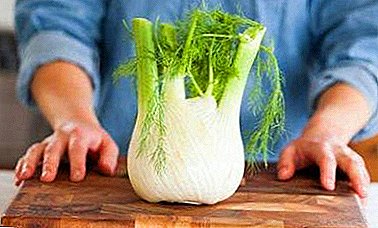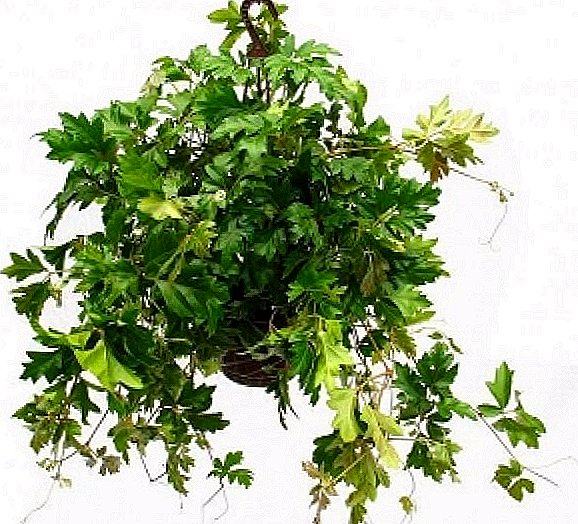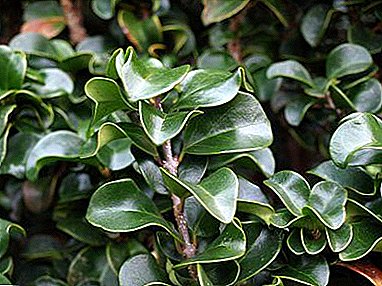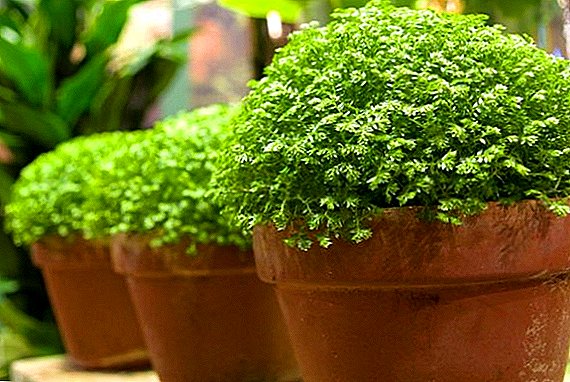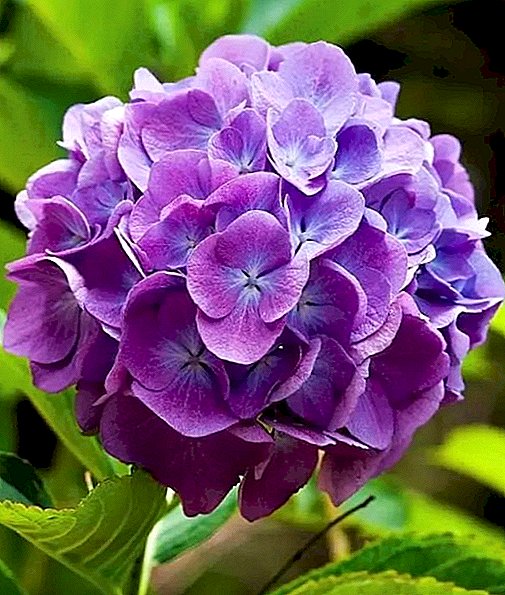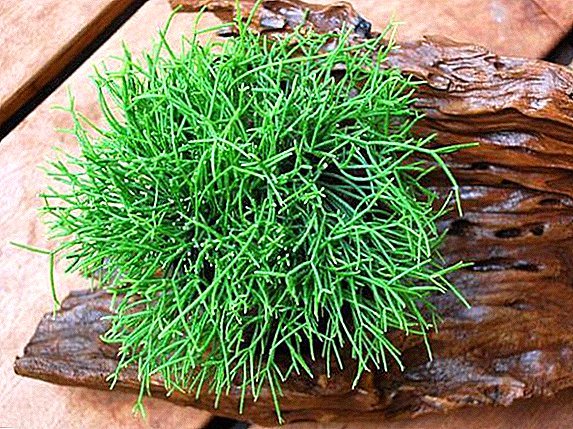 Ripsalis refers to family cacti. These forest epiphytic cacti are found naturally on trees and rocks in India and South America. If you translate its name "rhips" from the Greek language, then it concisely and clearly describes this plant, because it means "woven". Indeed, the long ornate shoots of ripsalis are his hallmark and are characteristic of all its species, which, by the way, number more than 50.
Ripsalis refers to family cacti. These forest epiphytic cacti are found naturally on trees and rocks in India and South America. If you translate its name "rhips" from the Greek language, then it concisely and clearly describes this plant, because it means "woven". Indeed, the long ornate shoots of ripsalis are his hallmark and are characteristic of all its species, which, by the way, number more than 50.
Barchela
This representative of forest epiphytic cacti its shape resembles corals. Primary stems grow to 60 cm, and terminal - up to 6-7 cm. The plant loves light very much, but it does not tolerate the scorching sun, therefore, it is recommended to grow it in partial shade. It is best to place it on the windowsill on the west or east side. From early spring to early autumn, the plant needs plenty of watering. Cactus should be regularly sprayed with separated water, this will help humidify the air and provide maximum comfort to the cactus ripsalis. 
Important! The epiphytic cactus very often suffers from pests such as the red flat mite and scale insects. When the first symptoms appear, experts recommend treating the plant with soapy water.
Hairy
The species comes from Brazil, where it grows on the branches of trees. The ampelny ripsalis resembles a green wig, which consists of thin, twisted stems reaching a length of 120 cm. With proper care, small white flowers bloom on it. 
Pustoplodny (kassuta)
Ripsalis kassuta refers to empty species. The stems of this plant are articulate, thin, their length can reach 3 m, and individual segments - from 15 to 55 cm. The cactus is very decorative with its chaotically curling green, while its flowers are very small and not very remarkable, but are endowed with a light scent, and after blooms on the cactus formed red berries. It grows well in shade and partial shade, but blooms only in good light. 
Important! Ripsalis Pustoplodny needs regular fertilizing with mineral fertilizers 1 time in 2 weeks during the active period.
Gobeliana
In the wild, they grow on trees in order to get the maximum amount of light. This type is characterized by the presence of two types of stem segments: primary, rounded at the base and flattened to the top, and secondary, narrow and elongated 10-15 cm in length and 2-3 cm in width. Flowers and fruits that are formed after flowering, rather small - no more than 15 mm in diameter, are found in white and pale pink. 
Familiarize yourself with all the intricacies of growing ripsalis at home.
Curly
This ripsalis has the shape of a bush. Its stems consist of separate wide leaf plates, each of which reaches 5-10 cm in length and 2.5-5 cm in width. It seems that this representative of cacti is built of leaves. 
Lindbergh
This species is characterized by long primary shoots and short terminal shoots. Lindberg ripsalis flowers are pale pink, fairly small. 
Mesembryantemic
Epiphyte, the stems of which resemble soft spruce twigs with rounded segments. Primary segments reach a length of 15-20 cm, and secondary - 1-2 cm. In cross section, both segments are rounded. Its small, but, nevertheless, very beautiful white flowers add charm and refinement to a plant. 
Rounded
Branched representative of cacti with hanging shoots up to 0.5 m long and up to 5 mm in diameter. During the flowering period is covered with small white buds with a yellow tinge. 
Prismatic
This representative of cacti has a powerful trunk, around which shoots branch and give the plant a cylindrical shape. This species is characterized by very small flowers of white color. 
Did you know? It is believed that ripsalis, which grows in indoor conditions is able to develop the wisdom and subtle intuition of its owners.
Thick-winged
It is a long cactus with leaves. It reaches a height of 1-1.5 m. Individual stem segments have a round or elliptical shape and are painted in a bright green color with a red edging along the embossed edge. 
Sheaf
Epiphyte, which reaches a height of 35-45 cm. The stem can be both straight and hanging, and it consists of many 8-10-centimeter segments, the edges of which are covered with a long soft bristles. The color of the plant is light green with a pale blue tint. In August, small white-green flowers bloom on the cactus, and after flowering, fruits resemble gooseberry berries are formed. 
Gnarled
For this ripsalis, shoots from numerous segments of a cylindrical or bottle shape are characteristic, on average 5-7 cm in length and 2-3 cm in diameter. In young plants, they are erect, and with age they begin to hang under their own weight. Drooping shoots reach 1 m in length. 
Did you know? In order to create an original composition using an epiphytic cactus, one can plant a ripsalis in one pot with an orchid. They grow perfectly in a pair and are almost identical in care. And such an exotic combination will decorate any interior.
Fluffy
The shoots of this plant resemble long thin tubules, which consist of individual segments of 20-25 cm. 
Pilocarp
This epiphyte differs from its counterparts primarily because it blooms profusely 2-3 times per season. Its buds are very voluminous and decorative. The numerous petals and stamens of which they are composed give lightness and fluffiness to flowers. The stems of this plant are strong and resilient, covered with thick yellow bristles. 
Cereus
Cereuscula rhipsalis may take an ampelous and tree form. This cactus blooms very rarely. Its stems are made up of many short segments and branch very well. In order for the plant to grow in the form of a tree, it is tied up. 
Ripsalis refer to unpretentious plants, but it is important to follow simple rules for the care of the plant. The main thing is to take into account what is practically all his species are light-requiring, therefore, good lighting is the key to the proper growth and development of the plant. In the active period, it is required to water the plants plentifully and often, despite the fact that ripsalis belongs to succulents and can accumulate moisture. When choosing a soil for planting epiphytes, one should give preference to sandy-peaty soils with a neutral reaction or special substrates for cacti. Ripspalice breed very easily - by cutting. A good piece is considered to be a piece broken off from the mother plant, consisting of 3-4 leaf segments. In the sand, the plant takes root very quickly.
Indoor plants such as Alokaziya, Anthurium, Araucaria, Begonia, Hippeastrum, Gloxinia, Dendrobium, Dracaena, Kalanchoe, Calathea, Cattleya, Columnia, Cordilina, Croton, Monstera, as well as ripsalis, successfully grow in well-lit places.

Often when growing epiphytic cactus, flower growers face falling off of leaves and buds. This can be triggered by low temperature conditions, excess or lack of moisture. Guided by these simple rules, you can easily grow the original cactus at home.


